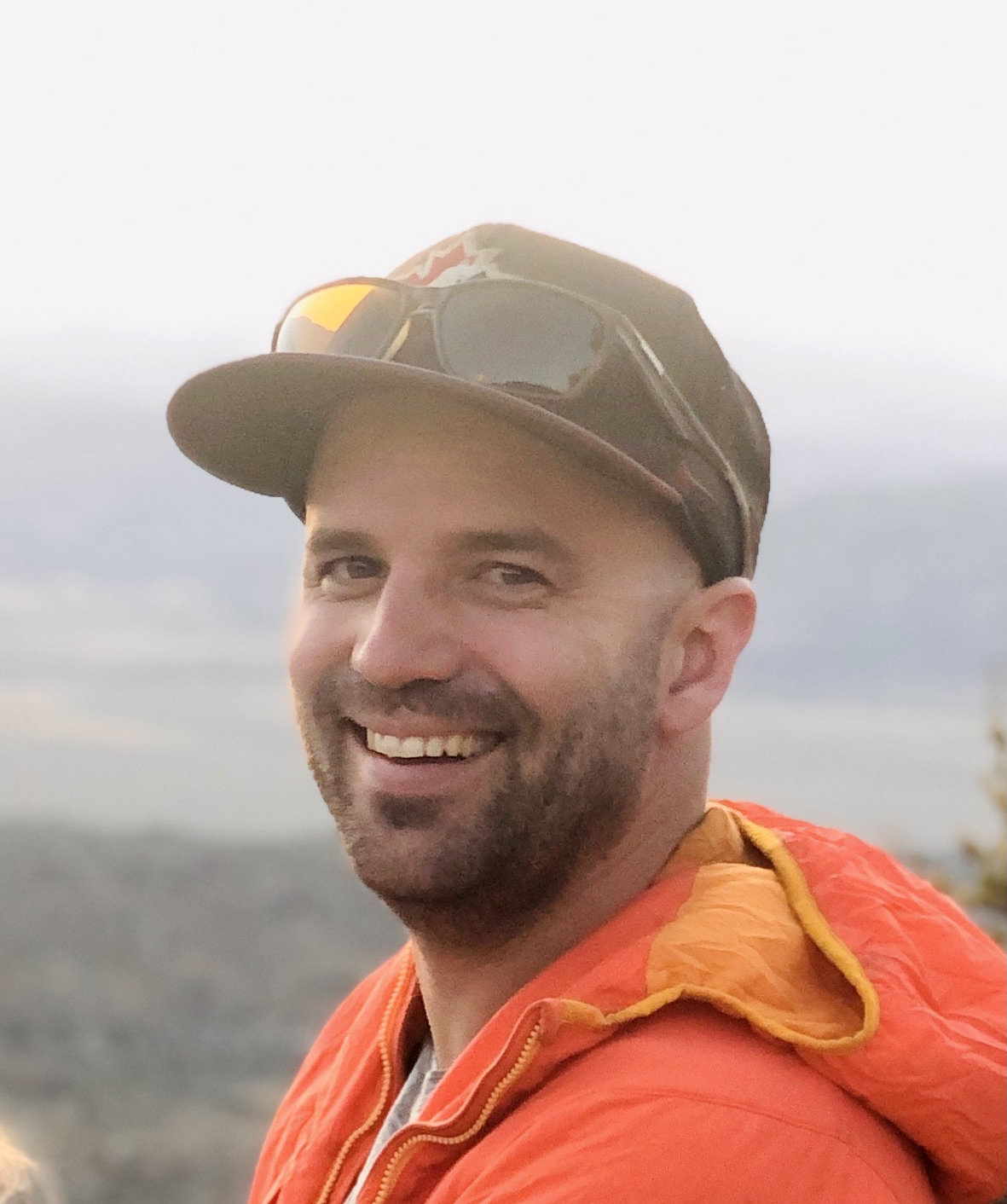Nicolas Harrichausen

Education
- 2021: Ph.D., Earth Science — University of California Santa Barbara, USA
- 2016: M.S., Earth Science — McGill University, Canada
- 2011: B.S., Earth Science — University of Victoria, Canada
Biography
My research focuses on determining the locations, geometry, and kinematics of crustal faults to study the driving forces of crustal deformation and the hazards that these faults present to society. I use a variety of field-based and remote sensing methods to conduct studies of active crustal faults to assess their earthquake histories and constrain regional tectonics. Along low strain-rate or slowly slipping faults, evidence of deformation can be difficult to see, especially in areas with dense vegetation and high erosion rates. Thus, I use and am developing innovative methods to detect subtle signals of deformation. Additionally, I use numerical modelling to assess the driving forces of fault slip and to calculate the hazard these faults pose to nearby populations. I am particularly interested in how we can better use geologic information to better inform fault hazard calculations. My work is focused on Vancouver Island, Canada, which is located in the northern forearc of the Cascadia subduction zone; the high Andes of Ecuador; in northern Turkey along the North Anatolian fault; and now in Alaska.
Finally, my research also extends to understanding the tectonic history and metallogeny of the Western Cordillera of North America. I've conducted structural analyses in northern British Columbia, Canada, assessing conditions for gold mineralization at the Brucejack mine and used transmission electron microscopy to show that gold at the deposit was precipitated as nanoparticles. This discovery suggests that gold was transported as a colloidal suspension instead of in solution, allowing for transport of higher gold concentrations in hydrothermal fluids. I have also examined kinematic indicators along the San Juan fault on southern Vancouver Island to show that left-lateral slip along this structure accommodated the Eocene accretion of an oceanic plateau.
Teaching Responsibilities
- GEOL A315 Geologic Data Analysis and Visualization
- GEOL A335 Structural Geology
- GEOL A4XX Earthquakes
Publications
Morell, K.D., Gilroy, K., Finley, T., Harrichhausen, N. (In revision). Subduction zone obliquity dictates global trench parallel inner forearc deformation.
Lynch, E.M. Regalla, C., Morell, K.D., Harrichhausen, N., Leonard, L.J. (In revision). Late Pleistocene to Holocene transtension in the northern Cascadia Forearc: Evidence from surface ruptures along the Beaufort Range fault.
Marconato, L., Doin, M.-P., Audin, L., Nocquet, J.-M., Jarrin, P., Rolandone, F., Harrichhausen, N., Mothes, P., Mora-Paez, H., Cisneros, D. (In revision). Motion of the Northern Andean Sliver in Ecuador-Colombia observed by InSAR.
Harrichhausen, N., Morell K.D., Regalla, C. (2024). Inner forearc faults in northern Cascadia do not accommodate elastic strain driven by the megathrust seismic cycle. Seismica, 2(4).
Harrichhausen, N., Finley, T., Morell, K. D., Regalla, C., Bennett, S.E.K., Leonard, L.J., Nissen, E., McLeod, E., Lynch, E. M., Salomon, G., Sethanant, I. (2023). Discovery of an active forearc fault in an urban region: Holocene rupture on the XEOLXELEK–Elk Lake fault, Victoria, British Columbia, Canada. Tectonics, e2023TC008170.
Harrichhausen, N., Audin, L., Baize, S., Johnson, K. L., Beauval, C., Jarrin, P., Marconato, L., Rolandone, F., Jomard, H., Nocquet, J.-M., Alvarado, A., Mothes, P.A. (2023). Fault source models show slip rates measured across the entire width of the fault zone best represent the observed seismicity of the Pallatanga–Puna fault, Ecuador. Seismological Research Letters, 95(1), 95-112.
Harrichhausen, N., Finley, T., Morell, K. D., Regalla, C., Bennett, S.E.K., Leonard, L.J., Nissen, E., McLeod, E., Lynch, E. M., Salomon, G., Sethanant, I. (2023). Paleoseismic study of the XEOLXELEK–Elk Lake fault: A newly identified Holocene fault in the northern Cascadia forearc near Victoria, British Columbia, Canada. Proceedings of the 11th International INQUA Meeting on Paleoseismology, Active Tectonics and Archeoseismology. 90–9
Harrichhausen, N., Morell, K. D., Regalla, C., Lynch, E.M., Leonard,, L. J. (2022). Eocene Terrane Accretion in Northern Cascadia Recorded by Brittle Left-lateral Slip on the San Juan Fault. Tectonics, 41, e2022TC007317
Harrichhausen, N., Morell, K. D., Regalla, C., Bennett, S.E.K., Leonard, L.J., Lynch, E.M., Nissen, E. (2021). Paleoseismic trenching reveals Late Quaternary kinematics of the Leech River fault: Implications for forearc strain accumulation in northern Cascadia; Bulletin of the Seismological Society of America, 111(2), 1110–1138.
Rowe, C.D., Ross, C., Swanson, M.T., Pollock, S., Backeberg, N.R., Barshi, N.A., Bate, C.E., Carruthers, S., Coulson, S., Dascher‐Cousineau, K., Harrichhausen, N., et al. (2018). Geometric complexity of earthquake rupture surfaces preserved in pseudotachylyte networks. Journal of Geophysical Research: Solid Earth, 123(9), 7998–8015.
Regalla, C., Rowe, C. D., Harrichhausen, N., Tarling, M., Singh, J. (2018). Styles of underplating in the Marin Headlands Terrane, Franciscan Complex, California. Geology and tectonics of subduction zones: A tribute to Gaku Kimura: Geological Society of America Special Paper, 534, 155–173.
Harrichhausen, N., Rowe, C.D., Board, W.S., Greig, C.J. (2016). Structural setting of a high-grade, electrum-bearing, quartz-carbonate vein stockwork at the Brucejack deposit, northwestern British Columbia (NTS 104B). Geoscience BC Summary of Activities 2015, Geoscience BC, Technical Report 2016-1.









